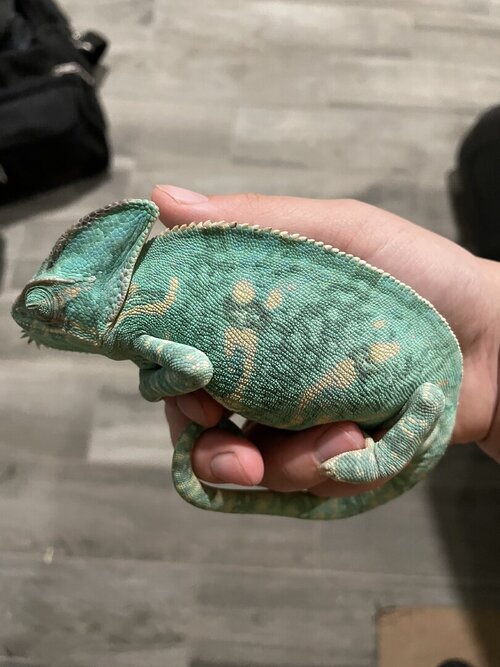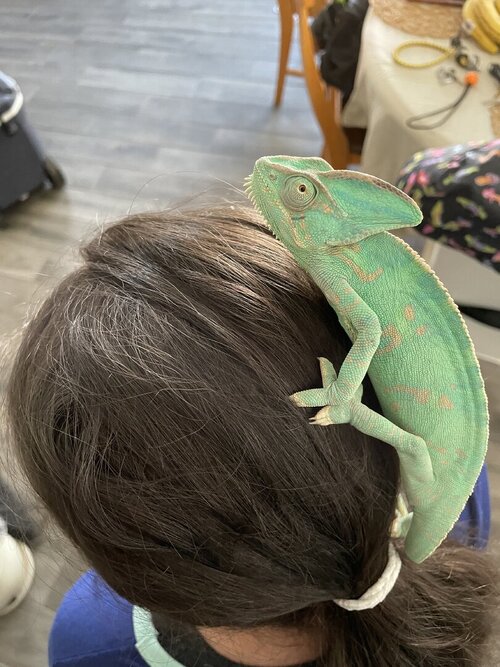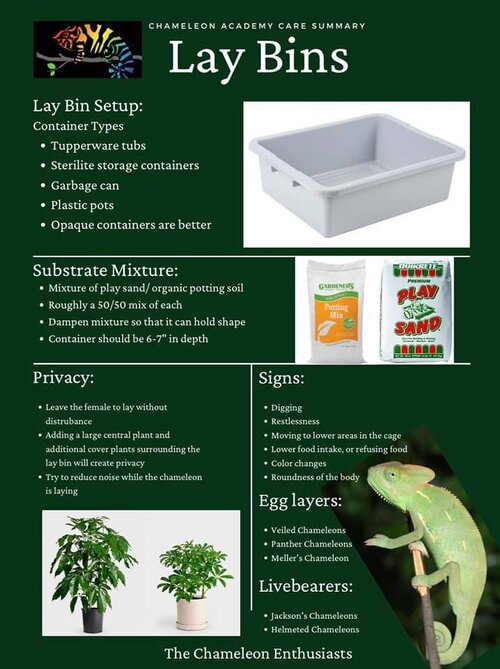Edamame
Member
I went on a vacation for 4 days but left her with someone to check on her. When I came back she had these tan spots on her that she didn’t have before. She’s also been in more aggressive colors just randomly since then. She does have a little cut by her eye but it seems to be fine and doesn’t bother her. The first pic is when she was sleeping and I was switching her enclosure.









